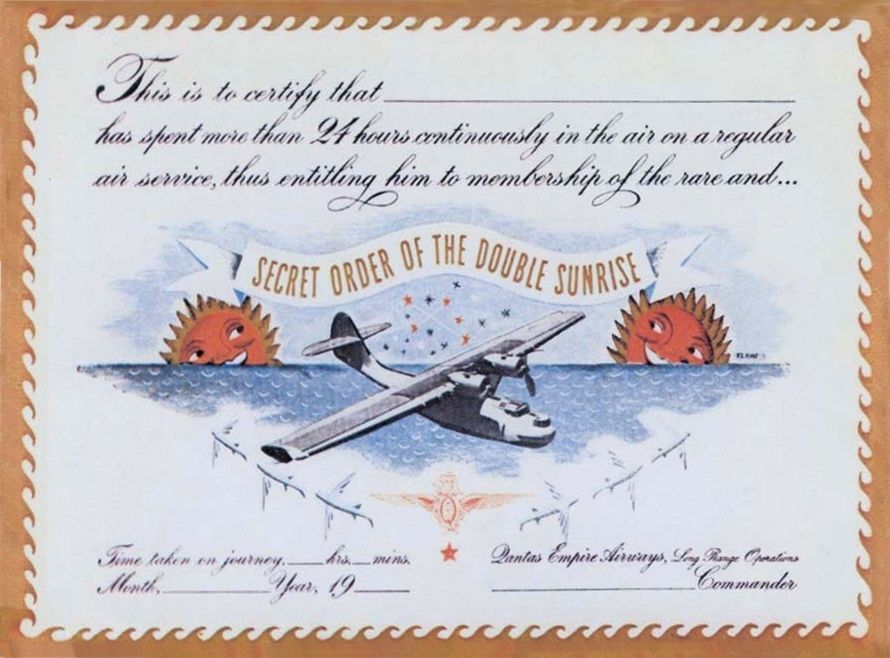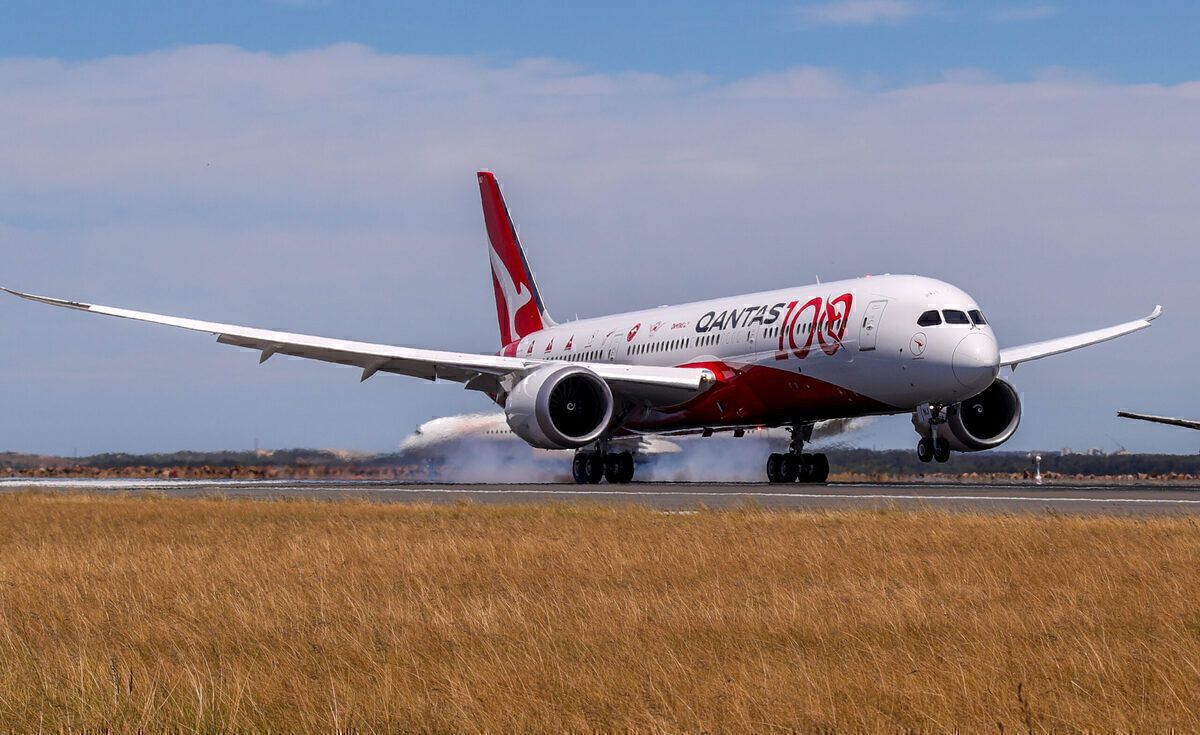Regular readers of Simple Flying will be aware that we often cover stories relating to the world’s longest passenger flights. In May of this year, we reported that 18 non-stop passenger routes exceeding 8,000 miles (12,875 km) in length were being operated at that time.
Likewise, back in March, we reported that Cathay Pacific had stolen Singapore Airlines’ crown to claim that it would be operating the world’s longest passenger flight from April 3, 2022. The airline’s preferred North Atlantic routing from New York to Hong Kong comes in at around 16,618 kilometers (10,300 miles), taking between 16-17 hours.
Given that most modern airliners broadly fly at similar speeds, it follows that longer flights in terms of distance take longer to fly in terms of time. However, in 1943, a unique operation was started under the auspices of a commercial airline service which remains the longest passenger airline service ever operated (in terms of duration) to this day.
Background
What quickly became known as the ‘Double Sunrise’ operation, the unique flights were inaugurated in 1943 to re-establish Australia to England air links that had been cut due to the fall of Singapore to the Japanese in 1942.
From its inception, the service operated from a seaplane base in Crawley, close to Perth, in Western Australia. Here, the flights operated to the well-established Royal Air Force base at Lake Koggala close to the city of Galle in what was then Ceylon, since renamed Sri Lanka. The service’s nickname was derived from the crew and passengers observing two sunrises on each flight.
The trailblazing route was later extended to Karachi in British India (which is now part of Pakistan). Karachi was the southernmost point on the vital empire route from London, operated by British Overseas Airways Corporation (BOAC).
Stripped of all non-essential equipment for the ultra-long flights (including de-icing equipment and insulation), the average weight on take-off for the Catalinas was around 35,000 lbs (16,000kg). The maximum take-off weight for a Catalina is 35,400lbs (16,100kg), including a maximum fuel load of 1,988 imperial gallons (9,040 liters). This gave the Catalinas a range of 3,600 nautical miles (4,100 statute miles or 6,700 km).
Due to the high weight of the fuel required for the long oceanic flights (with no options available for en-route refueling), when taken into consideration with the length of the flight itself, the payloads on the flights were severely limited. The average load on each flight was just three passengers and 159lbs (69kg) of essential, and often sensitive, mail.
The Double Sunrise Catalinas made 271 crossing in total between 1943 and 1945. In 1944, Qantas augmented the aircraft deployed on the route with converted Consolidated Liberator bomber aircraft. In 1945, both types were eventually replaced by Avro Lancastrians – wartime Avro Lancaster bombers that had been converted into passenger-carrying roles.
The five Catalinas deployed on the flights were retired from service and, as required by the original contract with the UK Air Ministry, were scrapped by scuttling (being deliberately sunk).
Secret Order of the Double Sunrise
All passengers who were lucky enough to experience the Double Sunrise flights were given a certificate depicting an image of one of the Catalinas used on the flights and proclaiming them as members of the ‘The ‘Secret Order of the Double Sunrise’. The certificates evidenced that the holder was one of the few people in history who had been airborne for more than 24 hours.
As a nice touch and as a nod to the historical nature and pioneering spirit of its Double Sunrise operation, Qantas’ plan for non-stop flights between Australia and London which are due to commence in 2025, was given and still has the working name of ‘Project Sunrise‘.
Perhaps even more touching is that everyone onboard the airline’s first non-stop route-proving flight between Sydney and London operated by a Boeing 787 Dreamliner back in 2019 was given a replica certificate to those first handed out on the Catalinas. The certificates proclaimed that the few privileged passengers onboard had also joined the Secret Order of the Double Sunrise – just like those who had done so and gone before them many years previously.
 The unique post-War commercial passenger flights were airborne longer than any other either before or since.
The unique post-War commercial passenger flights were airborne longer than any other either before or since.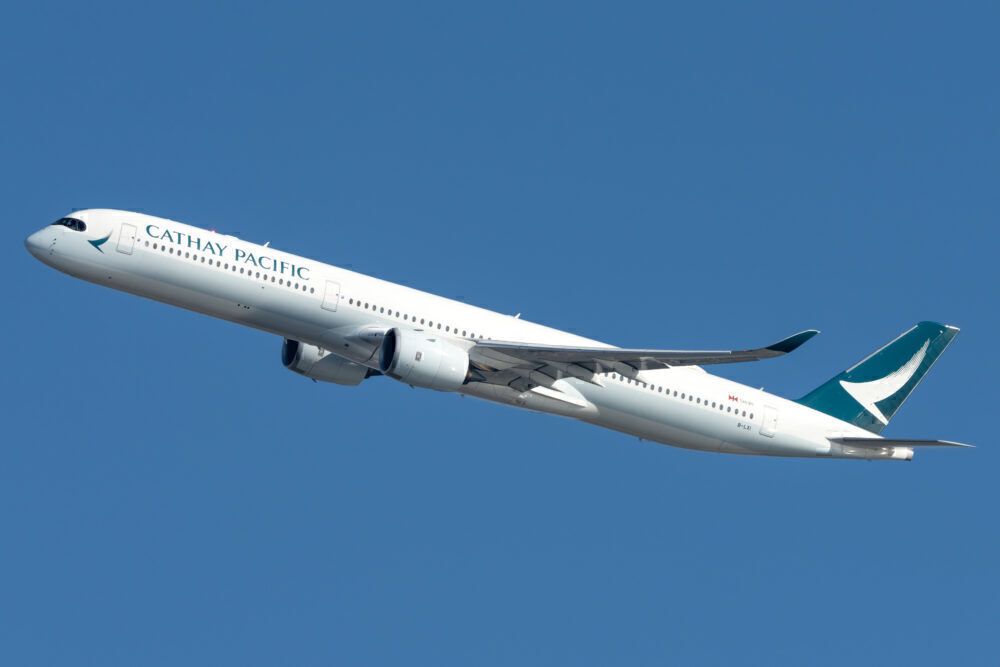
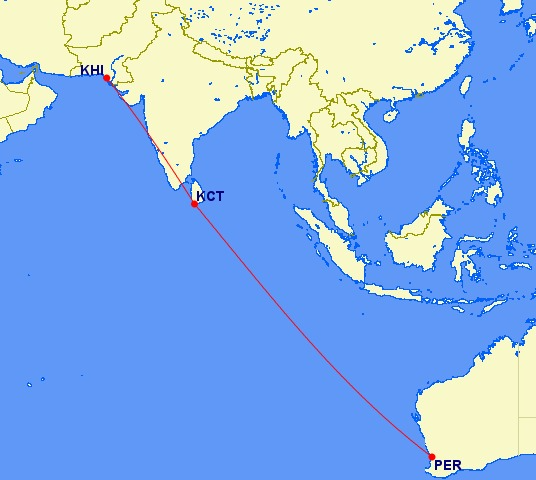
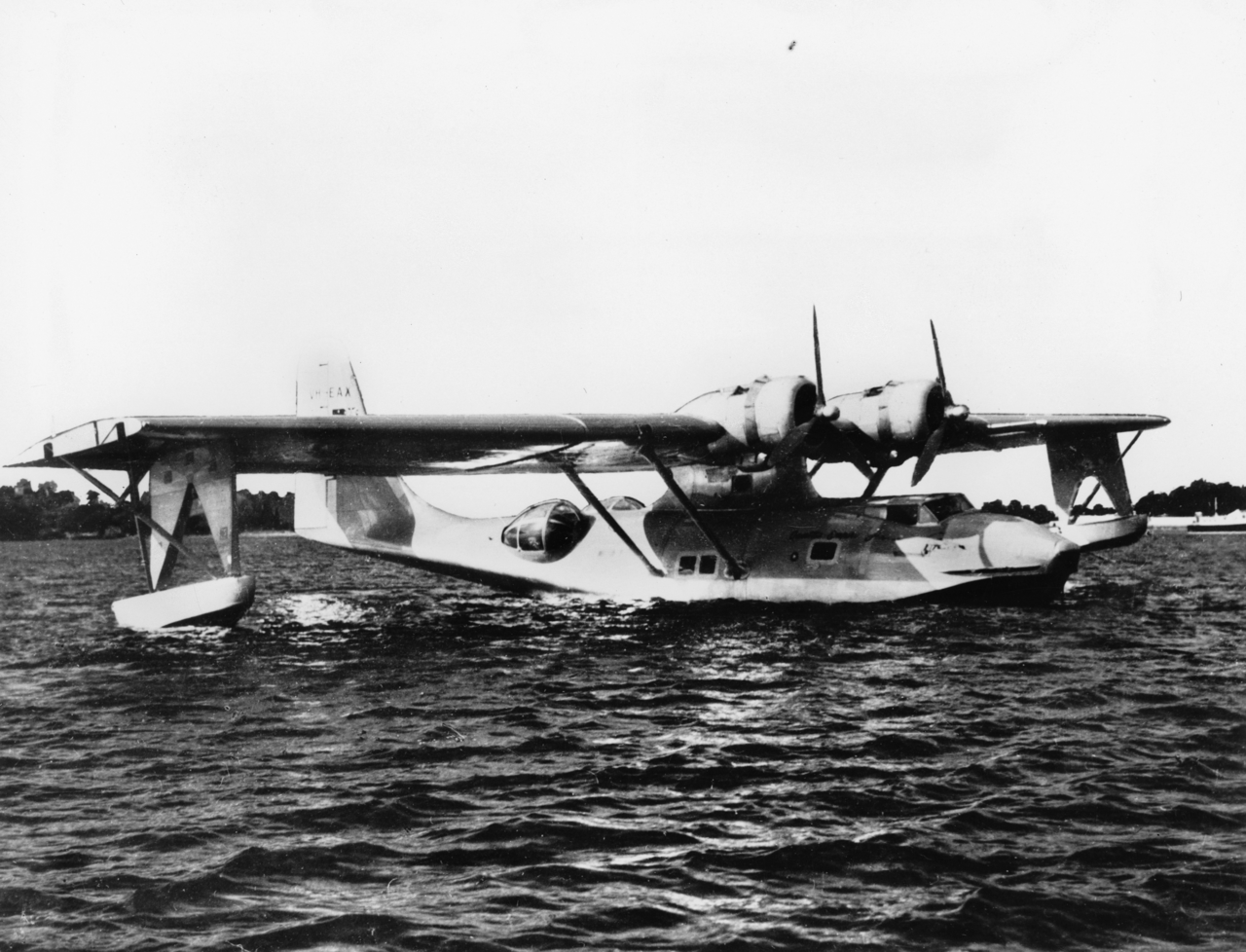
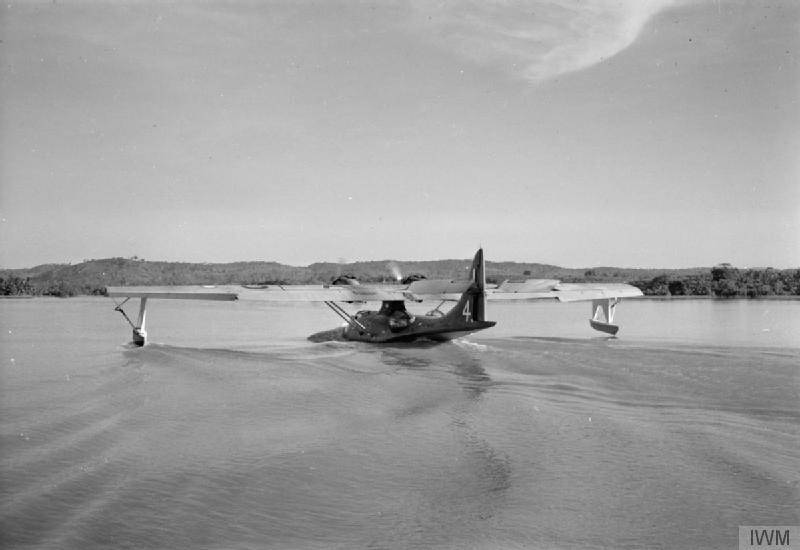
.jpg?q=50&fit=crop&w=1500&dpr=1.5)
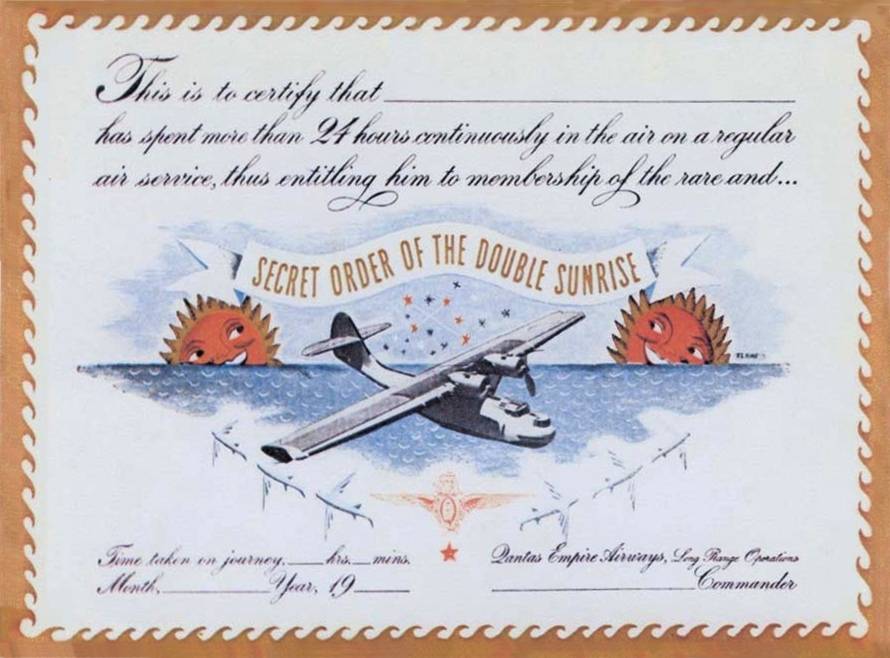
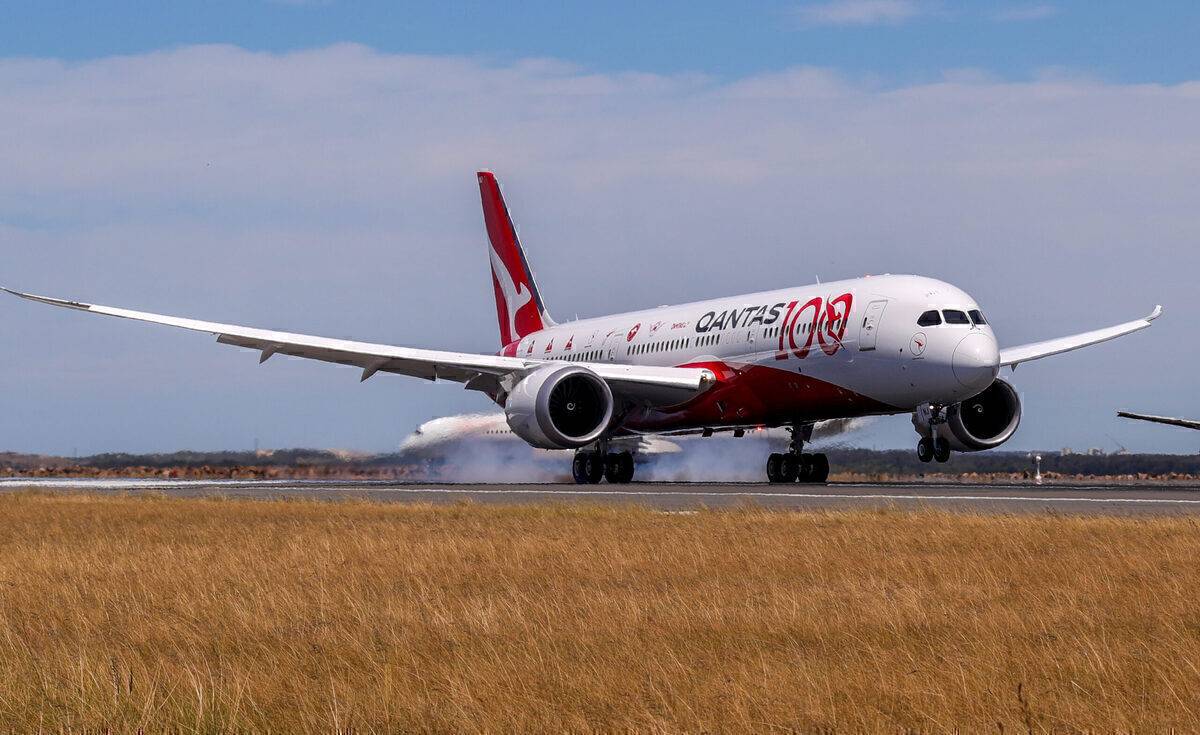
.jpg)
